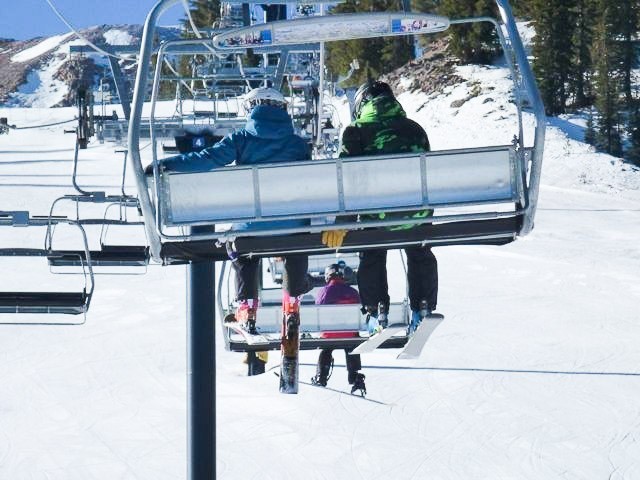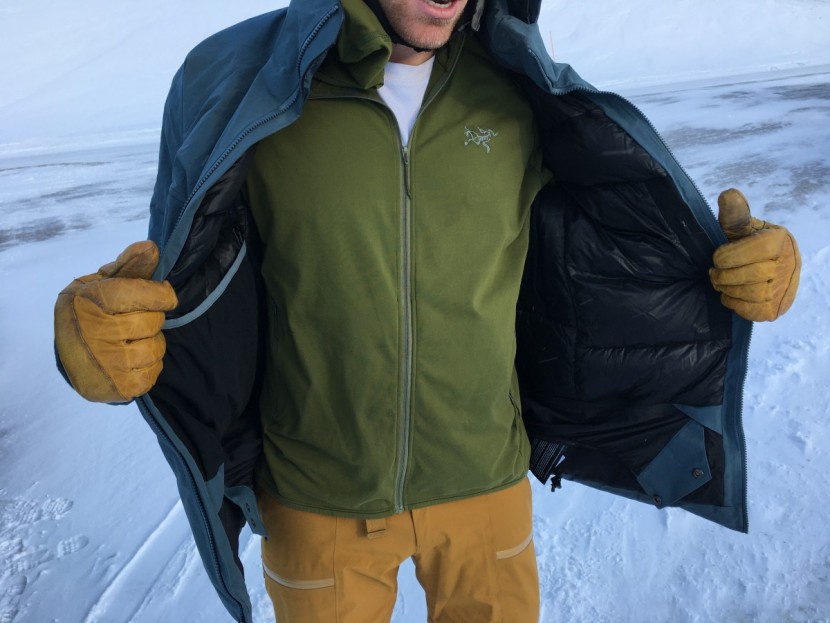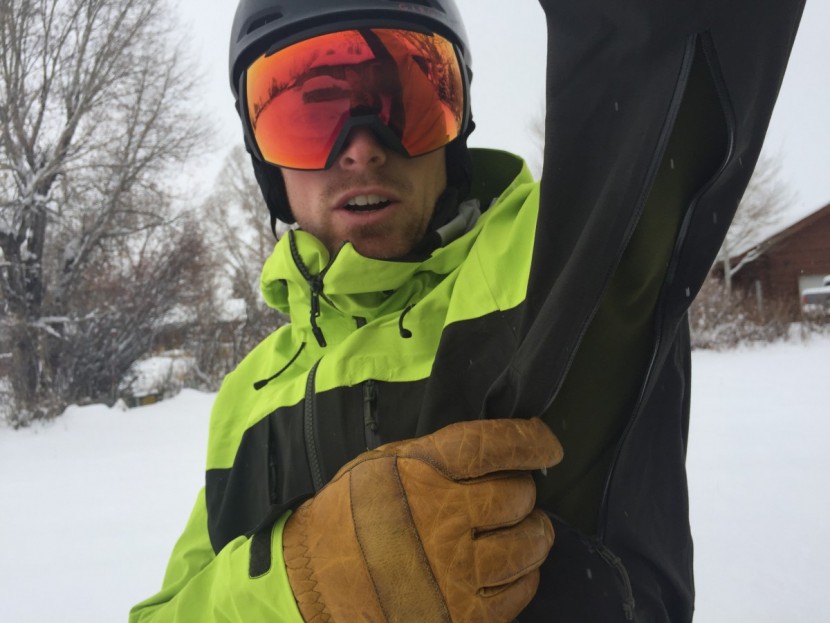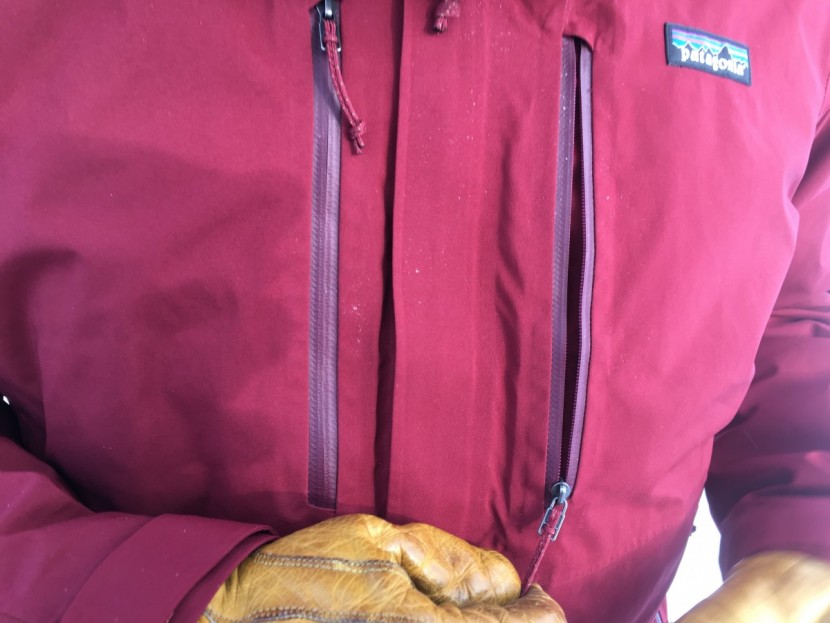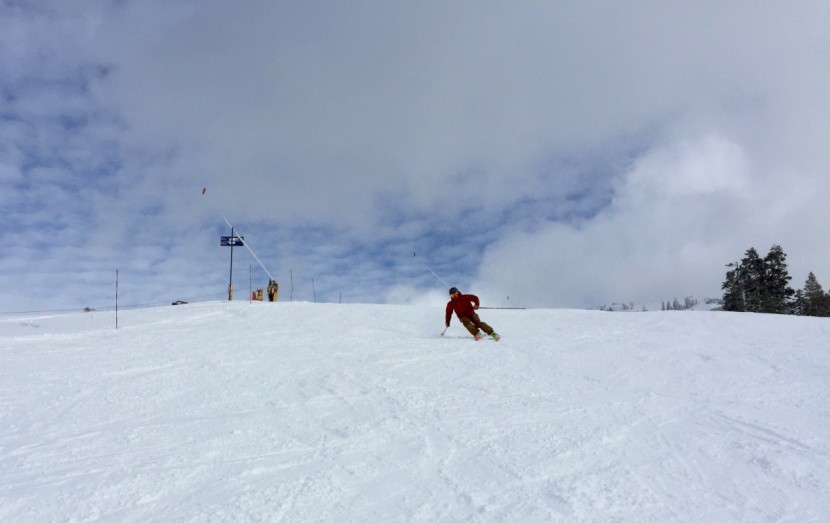Our primary test procedure for the ski jackets in this review was simply going skiing. A lot. This review is a compilation of testing done throughout several seasons in places like Colorado, Jackson Hole, Alaska, the Lake Tahoe area, and various backcountry locales in those same areas. The resort-based testing involved a range of weather conditions, from cold and story to warm and sunny.
Warmth
We tested the warmth of each jacket by skiing in each model in the cold early winter seasons in Jackson Hole, Wyoming, and the Colorado Rockies, where temperatures reach into the single digits when the slopes open in November. We tested each jacket on the ski slopes, on windy chairlift rides, and on chilly nights out on the town to refine our ratings. From sitting on the chairlift to bootpacking up for a lap in the bowl, we paid close attention to each jacket's warmth — or lack thereof. We spent days skiing one run per jacket and quickly changing in the lodge between runs to compare jackets in similar conditions. We base our assessment of warmth on how well each jacket did in insulating our bodies during our ski days and comparing them to each other.
Weather Resistance
We tested weather resistance by skiing in all types of weather, from stormy and foul to sunny and pleasant. We battened down the hatches of each model and hunkered down on chairlifts as the storm raged around us. During those times, we assessed each model's ability to keep the elements at bay, taking things like powder skirts, wrist cuffs, waterproof zippers, and hood designs into account. In addition to real-world testing, we also wore each jacket in the shower for 5 minutes to see just how well the waterproof fabric and its DWR coating repelled water. This test is an extreme way to assess water resistance, but it showed very quickly which models bead water and which wet out in a deluge.
Comfort and Fit
All of these jackets were tried on, swapped out, and passed around to friends. We often switched between jackets for a direct comparison of how each model fit and the comfort that it provides the user. The fit is somewhat subjective, but we assessed the cut, length, and shape of each model compared to the next. Comfort is subjective, but we took things like bulk, restriction of movement, and feel of materials against the skin into account.
Ventilation
After warming up through mogul skiing and inbounds hiking, we assess each model's ventilation by fully opening any vents and noting how long it takes to feel the heat escape. We also continue to ski hard and generate heat while leaving the vents open, determining whether or not the open vents are sufficient to prevent additional heat buildup. We also considered each jacket's vents' size, placement, and execution and their effectiveness in real-world ventilation.
Style
Perhaps the most subjective of all criteria is style. To rate this, we combined the impression of each of our testers, as well as that of friends and random people we encountered during our ski days. Opinions vary, but this gave us a range of input to work with.
Features
We compiled a list of features that complement a ski jacket and enhance the user's experience while wearing it in a resort setting. We evaluated each model by counting which features each one has and observing how useful and well-executed those features are. Important considerations are things like a powder skirt, helmet-compatible hood, pass pocket, goggle wipe, media pocket, RECCO reflector, and pocket layout. In general, we found that we could get by without many features if we had to, but a jacket with tons of helpful features was noticeably more convenient.
Conclusion
We tested each jacket in this review thoroughly so that you don't have to. We hope the information presented in our detailed comparative reviews helps you decide which model is right for your needs, style, and budget.

